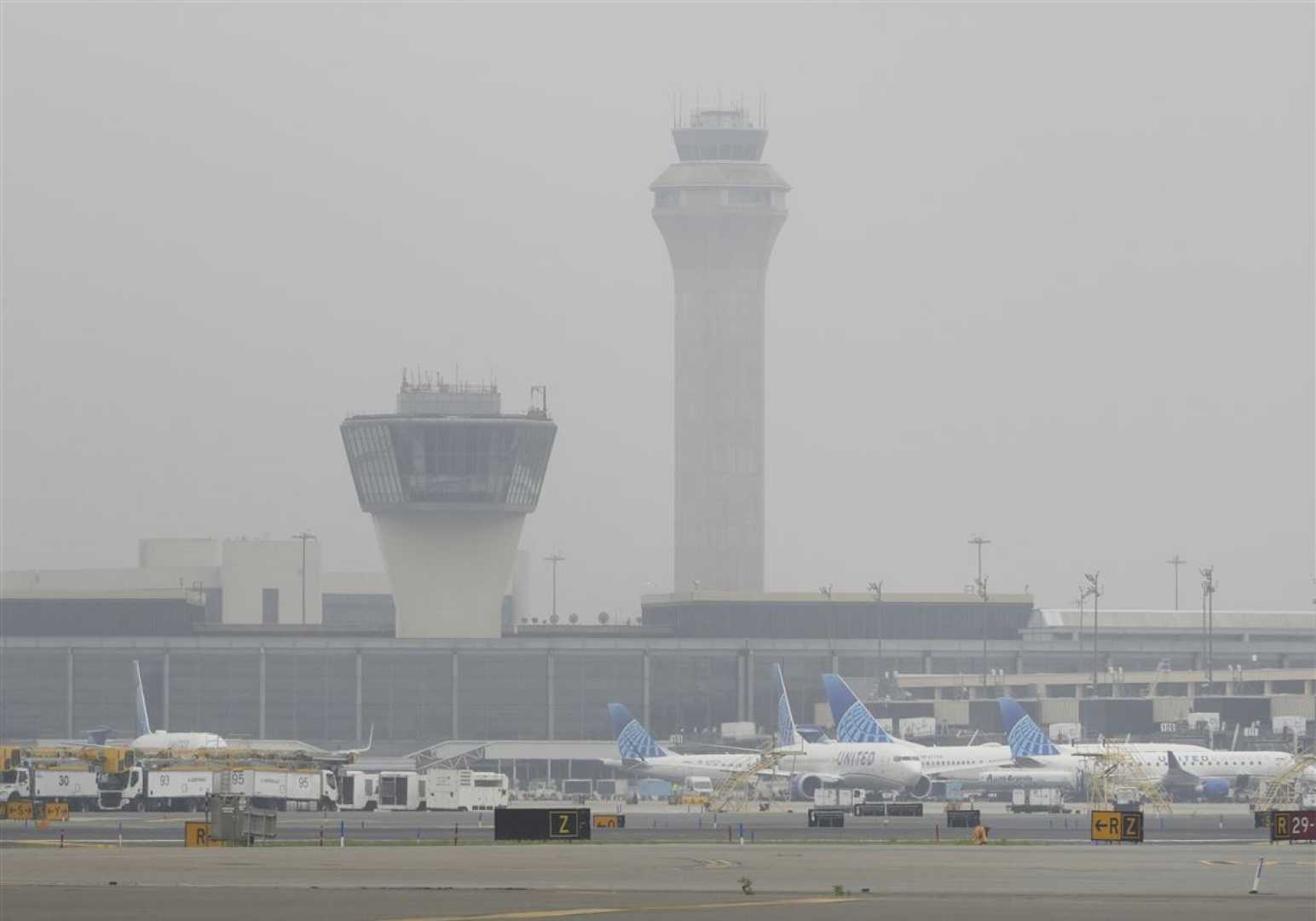News
Newark Airport Faces Chaos After Air Traffic Controller Communication Breakdown

NEWARK, New Jersey — Newark Liberty International Airport experienced severe disruptions last week after air traffic controllers lost communication with aircraft during a radar outage. This incident on April 28 left many flights delayed and thousands of passengers stranded, raising concerns over the safety and reliability of the air traffic control system.
During the outage, controllers in Philadelphia were responsible for managing flights heading to Newark when they suddenly couldn’t communicate with pilots. “Approach, are you there?” a United Airlines pilot asked, but there was no immediate response from the controller. Eventually, after several attempts, the pilot received a reply.
For approximately 90 seconds, communication between the controllers and pilots was severed, and radar visibility was lost, according to sources familiar with the incident. Transportation Secretary Sean Duffy confirmed that the outage lasted around 30 seconds.
The disruption stemmed from a failure in the outdated copper wiring used to transmit radar information to Newark’s air traffic controllers. Experts have pointed out that such breakdowns have occurred in the past, prompting scrutiny over the aging technology used to manage air traffic.
The fallout from the failure resulted in over 160 flight cancellations and more than 400 delays at Newark, affecting travel for thousands. Some air traffic controllers took leave for trauma after the incident, emphasizing the stress associated with such outages. Colin Scoggins, a former controller, noted that losing both radar and communication is alarming and traumatic for those in control.
The FAA has acknowledged that staffing shortages exacerbate these types of outages, which have become problematic this year as the aviation sector begins to recover from the pandemic. On Monday, United Airlines CEO Scott Kirby revealed that over 20% of FAA controllers walked off the job, a claim the controllers’ union disputed, explaining that many were on leave due to trauma.
To address the ongoing staffing issue, the FAA has started offering financial incentives to recruit and retain air traffic controllers. Additionally, plans for advancing the technology used to manage air traffic are in development, though Duffy acknowledged that it may take three to four years for significant upgrades to be realized.
As Newark Liberty Airport grapples with the consequences, the FAA plans to implement a new “state-of-the-art” air traffic control system, a crucial move in modernizing the outdated infrastructure that has become a significant concern in air travel safety.












